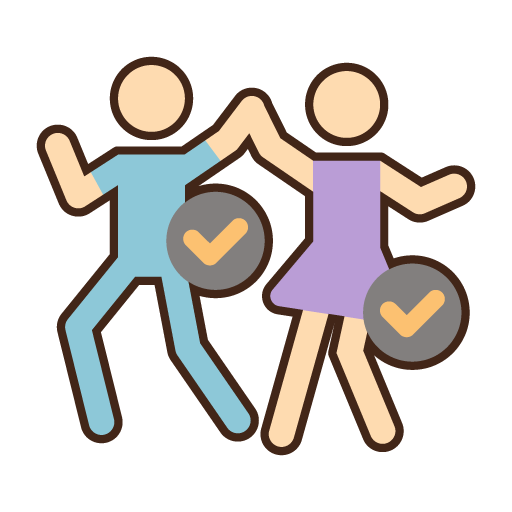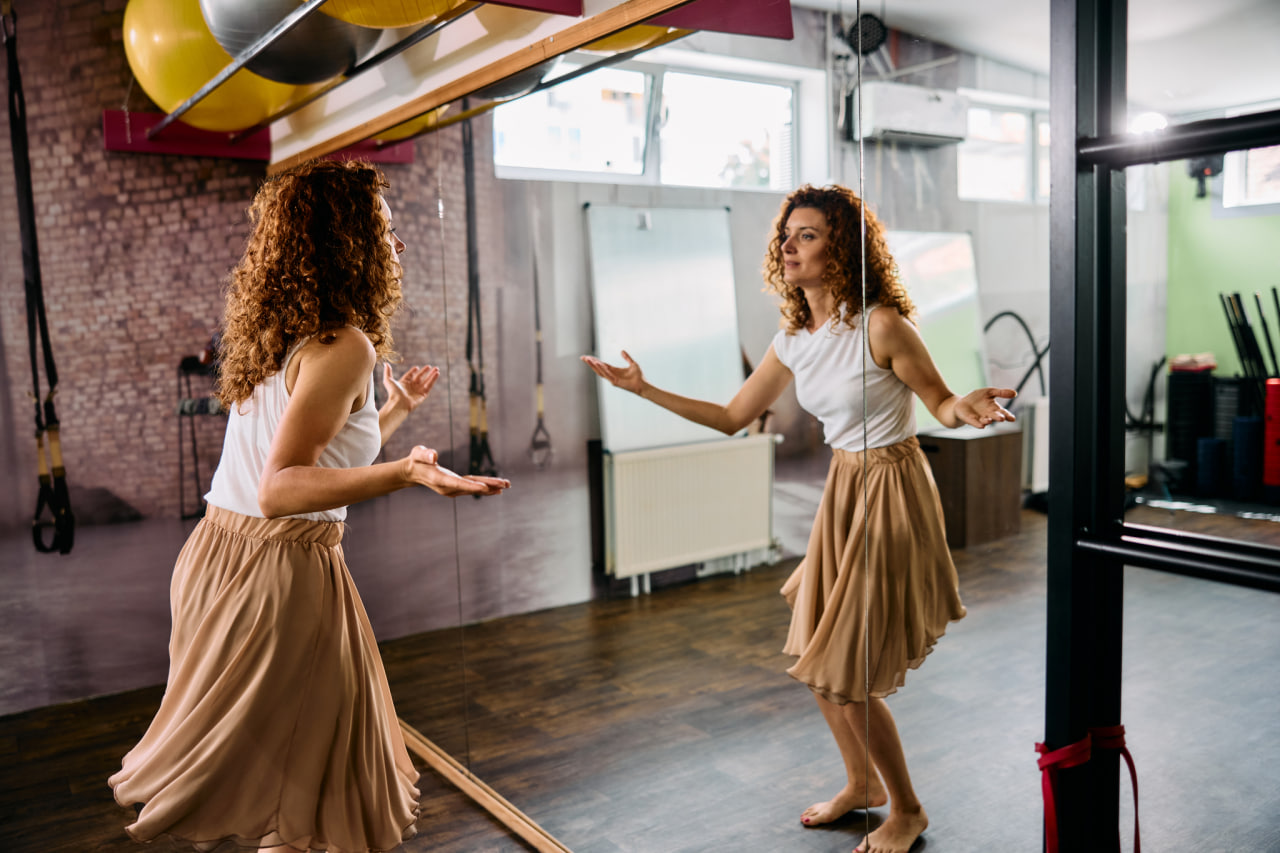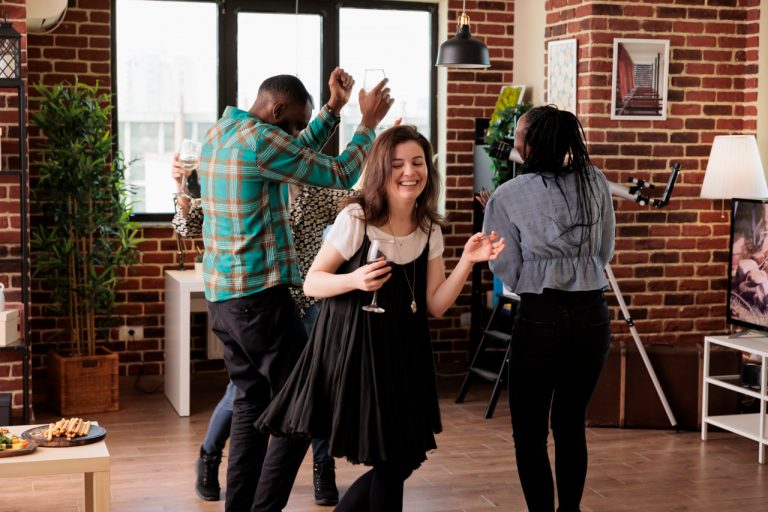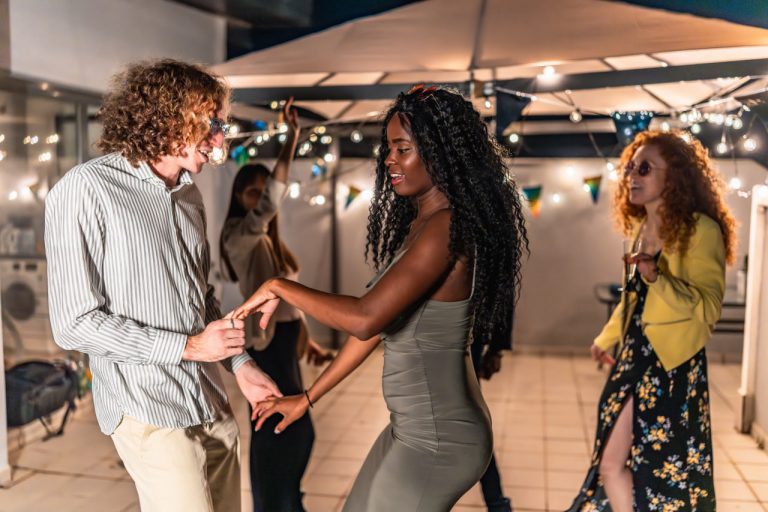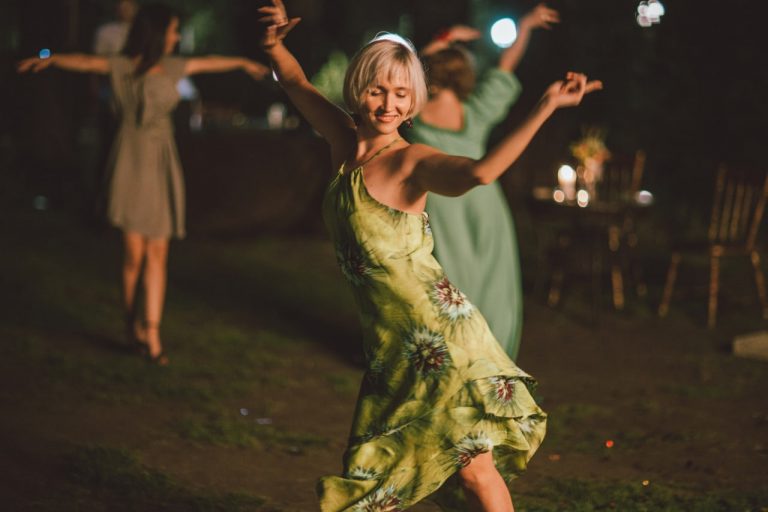Performance anxiety is a common challenge for dancers, especially in improvisational settings where spontaneity and creativity are expected. Feeling nervous before performing can affect timing, coordination, and expression, potentially limiting artistic freedom. By understanding the sources of anxiety and implementing practical strategies, dancers can transform nervous energy into confidence and creativity, allowing their movements to shine authentically on stage.
Understanding the Roots of Anxiety
Performance anxiety often arises from fear of judgment, self-doubt, or concern over making mistakes. In improvisational dance, the unpredictability of movement adds another layer of challenge. Physical symptoms can include increased heart rate, shallow breathing, tension, and shaky muscles. Recognizing these signs and understanding that they are a normal part of the performance process is the first step toward managing anxiety effectively.
Preparation and Familiarization
Thorough preparation helps reduce nervousness. While improvisation emphasizes spontaneity, practicing movement exercises, musical interpretation, and spatial awareness builds confidence. Familiarizing yourself with the performance space, whether it’s a stage or studio, helps eliminate surprises and allows for smoother execution. Visualization exercises, where dancers mentally rehearse moving confidently through different scenarios, further reinforce preparedness.
Breath Control for Calmness
Controlled breathing is a powerful tool to manage anxiety. Deep diaphragmatic breaths reduce tension, stabilize movements, and enhance focus. Practicing slow inhales and controlled exhales before and during performances helps dancers maintain composure. Integrating breath awareness into warm-ups and improvisational exercises ensures that physical and mental readiness align for optimal performance.
Positive Mindset and Self-Talk
Cultivating a positive mindset reduces self-imposed pressure. Replacing negative thoughts like “I might fail” with affirmations such as “I can respond creatively” encourages confidence. Focusing on enjoyment and self-expression rather than perfection allows dancers to embrace the moment. Reframing mistakes as opportunities for exploration reinforces resilience and encourages a more relaxed and authentic performance.
Embracing the Present Moment
Improvisational dance requires being fully present. Anxiety often arises from thinking ahead or worrying about outcomes. Mindfulness techniques, such as focusing on bodily sensations, the music, and the environment, help dancers stay grounded. Being present allows performers to respond spontaneously to music and fellow dancers, creating improvisation that feels dynamic, fluid, and emotionally resonant.
Support and Feedback
Having a supportive network can significantly reduce performance anxiety. Guidance from instructors, encouragement from peers, and constructive feedback create a safe environment for experimentation. Sharing experiences with other dancers helps normalize feelings of anxiety, while collaboration during practice sessions enhances confidence and builds trust in one’s creative instincts.
Channeling Nervous Energy into Creativity
Instead of trying to suppress nervous energy, dancers can channel it into their performance. Slight tension or excitement can heighten focus, amplify expressivity, and add dynamic quality to movements. Learning to recognize and redirect this energy allows improvisation to become more compelling and emotionally engaging, turning potential anxiety into a performance advantage.
